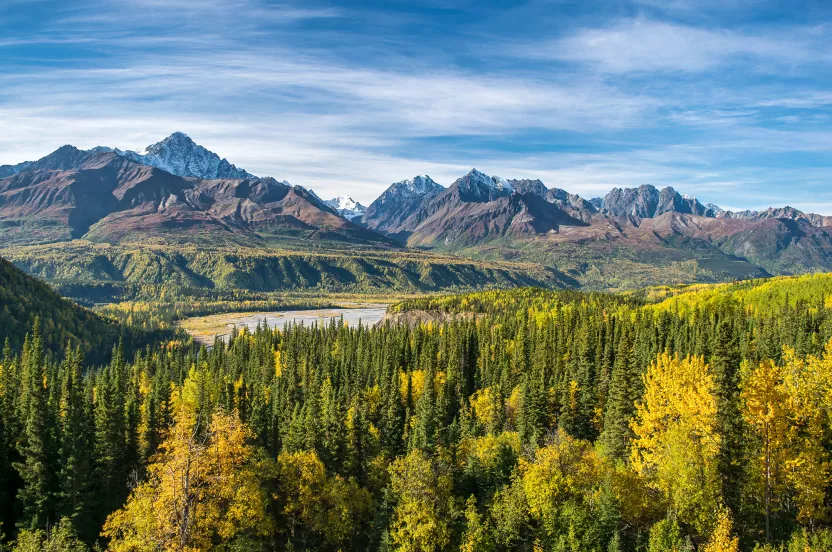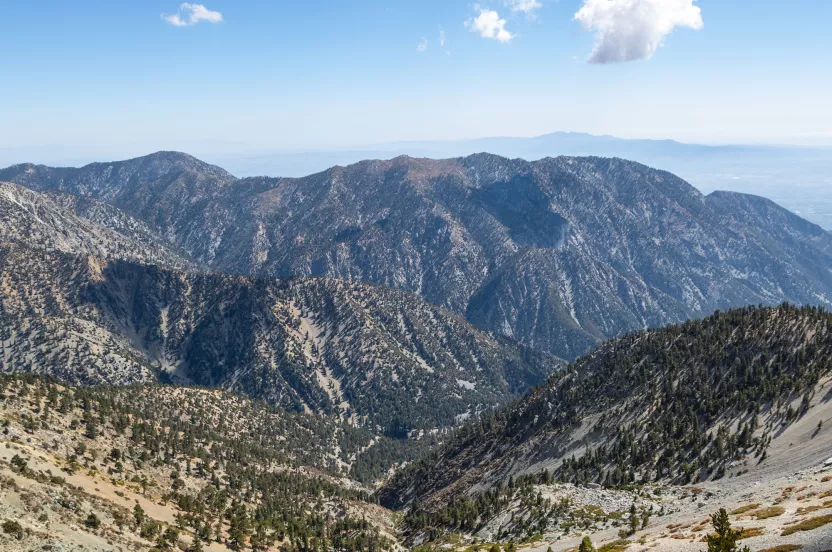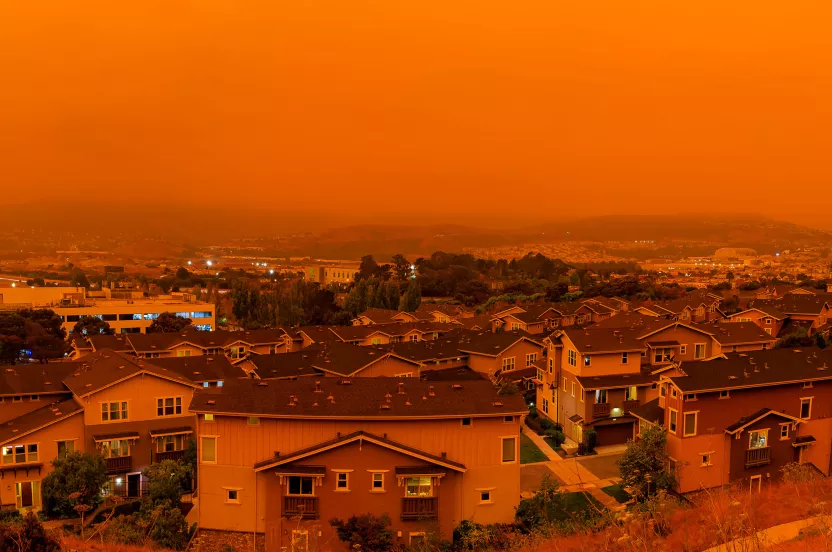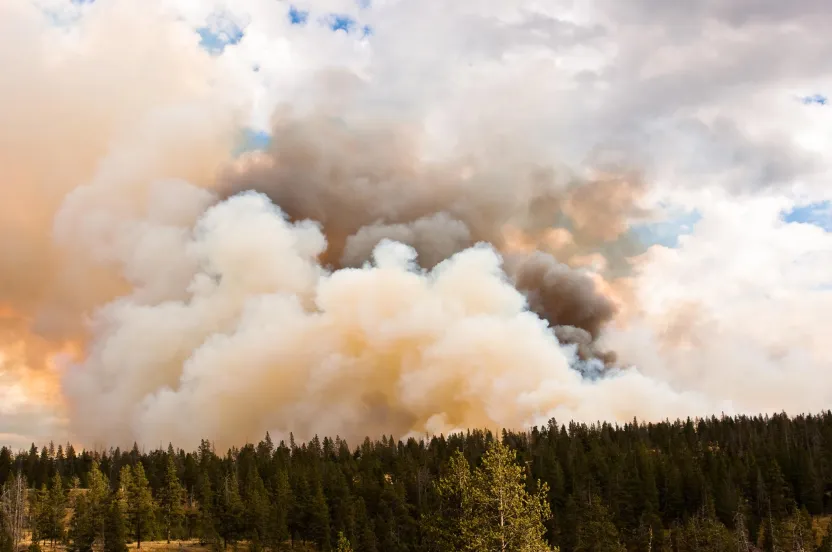Give before midnight on July 31 to double your impact where trees need us most. LEARN MORE
Protecting Our Nation’s Most Iconic Bird
Welcome to southern Oregon, the top winter nesting spot for bald eagles in the lower 48 states.
July 14, 2023
Just like humans, bald eagles have a checklist for their perfect nest.
It needs to have plenty of space. Lots of nearby food. And a great waterfront view.
Luckily, the forests of southern Oregon are prime real estate.
Each November, hundreds of bald eagles fly from Canada to the upper Klamath Basin, a vast expanse of wetlands, lakes, and rivers in the Pacific Northwest. It’s here where they make their winter home — and where new eaglets are born each spring.
America's Bird
“Bald eagles are a real success story,” says Tom Collom, district wildlife biologist with the Oregon Department of Fish and Wildlife.
“Their numbers were extremely low for a bunch of different reasons, the primary one being the use of the pesticide DDT, which caused eggshell thinning and really hampered their reproduction. They also had some long-term changes in habitat and lost some of the large-diameter trees that they require for their nesting.”
Eventually, DDT was banned, and bald eagles received formal protection in 1978 under the Endangered Species Act.
Their rebound has been remarkable. In the 1950s, there were fewer than 500 nesting pairs in the lower United States. Now, there are more than 70,000.
Old-growth forests are an essential part of eagles’ habitat. They build their large nests — four to five feet across — in mature, tall pine trees, which are sturdier and have more branching.
“Here, it tends to be more ponderosa pine, but they'll also nest in sugar pine and Douglasfir ,” Collom explains. “They generally nest toward the top of the tree, because they like to have easy access in and out.”
Eagles are impressive predators. They have extremely sharp, 20/40 to 20/50 vision, as well as a grip 10 times stronger than humans.
But their consistency is perhaps even more noteworthy. It’s typical to see the same two eagles in the same nest each year. They mate for life, laying anywhere from one to three eggs every spring. Forty or so eaglets can easily come from one set of parents.
The circle of life
After the coldest winter months have passed, eagles in the Klamath Basin begin laying eggs in mid- to late March.
“After about a five-week incubation period, those nestlings are hatching and the adults are bringing food back to the nest,” Collom says.
Salmon is abundant in this area, though not as much as it used to be. The Klamath River was once the third-largest salmon river in the country, but numbers have declined by 90%.
Eagles have been surprisingly adept at handling this change. Research shows they’ve begun scavenging more for animal carcasses and pests, which has proven beneficial to local farmers.
At three months old, eaglets take their first flight and leave the nest — beginning the cycle again.
Restoring Forest Habitat
Eagles aren’t the only birds in this watery ecosystem. Pelicans, ducks, geese, egrets, herons, and more all converge for a fantastic show.
“We get thousands and thousands of avid birders coming down to the Klamath Basin each year,” Collom says. “It’s a big deal for tourism and the local economy.”
While bald eagles have made a huge comeback, conservation efforts are far from over.
The newest threat to their habitat is wildfires, which are burning in record numbers in the Pacific Northwest. The Bootleg Fire, one of the largest wildfires in the U.S. in 2021, burned extensively through the upper Klamath Basin.
For these majestic creatures, each tree lost is significant.
“It takes a long time to grow the old, tall trees that these eagles like to nest in,” Collom says.
That’s why the Arbor Day Foundation, with the help of its supporters, planted more than a million trees in the Klamath Basin after the Bootleg Fire.
These tiny seedlings will one day become the trees bald eagles call home.
They’ll shade streams and rivers, helping salmon populations bounce back.
And they’ll create cleaner air and water for Oregon residents, mitigating the impacts of climate change.
Helping secure a future for not only our nation’s most iconic bird — but the countless others who call this region home.



